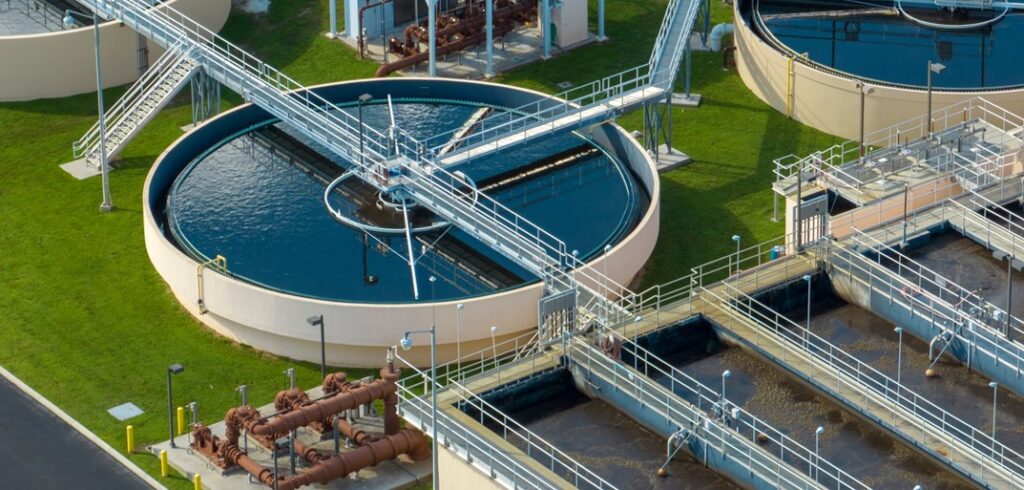 Phosphate Accumulating Organisms (PAO) and Glycogen Accumulating Organisms (GAO) are two types of bacteria that play crucial roles in the enhanced biological phosphorus removal (EBPR) process in wastewater treatment. PAOs are responsible for the uptake and storage of phosphate, which they accumulate as polyphosphate granules within their cells. This process helps in the removal of excess phosphorus from wastewater, preventing eutrophication in natural water bodies.
Phosphate Accumulating Organisms (PAO) and Glycogen Accumulating Organisms (GAO) are two types of bacteria that play crucial roles in the enhanced biological phosphorus removal (EBPR) process in wastewater treatment. PAOs are responsible for the uptake and storage of phosphate, which they accumulate as polyphosphate granules within their cells. This process helps in the removal of excess phosphorus from wastewater, preventing eutrophication in natural water bodies.
GAOs compete with PAOs for the same substrates, such as volatile fatty acids (VFAs), but they do not contribute to phosphorus removal. Instead, GAOs store carbon in the form of glycogen. The competition between PAOs and GAOs can affect the efficiency of the EBPR process. When GAOs dominate, the phosphorus removal efficiency decreases, leading to higher phosphorus levels in the treated effluent.
Ways to Favor PAO Growth over GAO
- Substrate Availability: Providing a sufficient supply of volatile fatty acids (VFAs) can enhance the growth of PAOs. PAOs can uptake VFAs and store them as polyhydroxyalkanoates (PHA), which they use for growth and phosphate uptake.
- Temperature Control: PAOs and GAOs have different temperature preferences. PAOs tend to grow better at lower temperatures (10-20°C), while GAOs prefer higher temperatures (20-30°C). Maintaining lower temperatures in the wastewater treatment process can help favor PAO growth.
- Sludge Age Management: Controlling the sludge age (solids retention time) can influence the microbial community composition. A shorter sludge age can help reduce the growth of GAOs, as they have a slower growth rate compared to PAOs.
- Chemical Addition: The addition of certain chemicals, such as magnesium and calcium ions, can enhance the activity of PAOs. These ions help in the formation of polyphosphate granules within PAO cells, improving phosphorus removal efficiency.
Monitoring PAO & GAO Populations using Molecular Testing
Using molecular tools provides vital information on how operational changes impact both PAO & GAO populations in your system. In the Microbial Community Analysis report, we provide information on known PAO & GAO organisms present and report each as a % of total reads. Changes in populations occur before significant impact is seen on effluent phosphorus removal.
